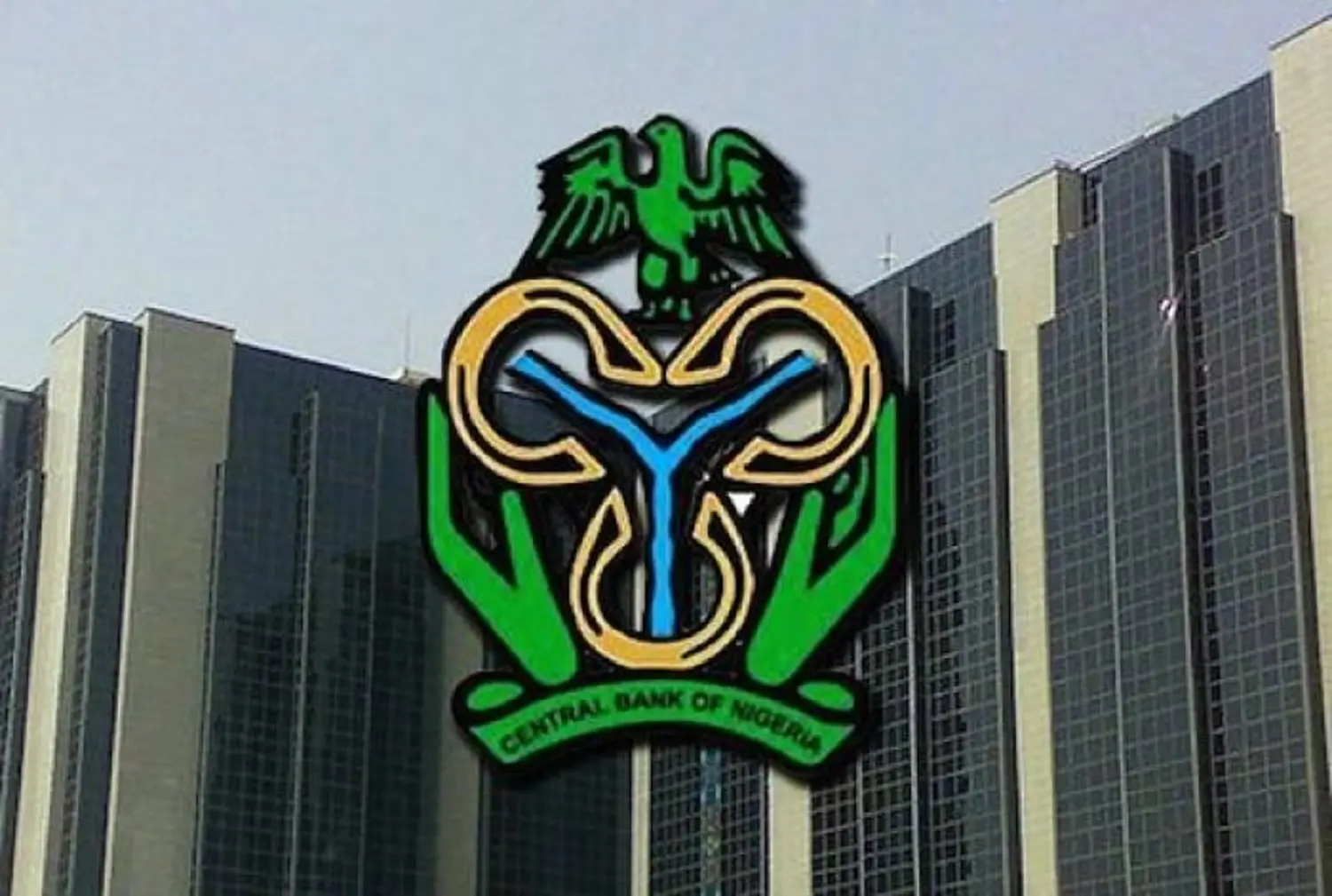When the Central Bank of Nigeria began a massive sack of some of its staff in the Development Finance Department while redeploying others, the message was clear that something was amiss in that unit. These events made the headlines in the press, but the actions went on quietly until they were completed. Now the reason for those disengagements is clear: CBN has transferred the development finance function to the regular banks and the Development Finance Institutions.
Development Finance as a strategy in national economic management assumed an elevated status under the former leadership of the CBN. The concept simply says that in a developing country like Nigeria, authorities can or should make capital available at lower than the market cost to some critical sectors of the economy. This could go on until a critical mass or threshold is achieved in those areas and the sectors could be weaned.
Its activities straddled a wide range of sectors, from agriculture to power; from manufacturing to infrastructure. In short, it became so pervasive in operation that almost the entire economy became its area of coverage.
Now we know why CBN embarked on that mass sack in its Development Finance Department. It is excising that function from its functions, and returning or taking it to the regular banks and Development Finance Institutions. By their nature, development institutions must apply below-market metrics in their operations, otherwise projects will fail acceptability tests. The focus on development financing by the central bank did receive much opprobrium from those who said the institution had abandoned its constitutional monetary policy role to dabble into the fiscal region.
Wema Bank launches digital solution for cooperative societies
Commission’s chair urges cooperation to restore civil service glory
So, it is quite commendable that the CBN did not throw the baby away with the bathwater. Indeed, wrong or defective implementation of a programme does invalidate that programme. What was eventually implemented was not the exact design that should have been implemented. And the blame goes to both sides – the implementers and beneficiaries. Besides the faults on the implementation side, the beneficiaries chose to see the funds given to them at low costs as their share of the national cake. With that mindset, they became clogs in the wheel of development as the funds could not revolve. That is not the spirit of development financing.
At our stage of economic and perhaps political development, development financing is critical because of widespread market failures and even outright absence of markets in some areas. Development banking is hinged on relatively cheap capital being channelled to selected sectors of the economy. The cost of the funds for this purpose has to be lower than the average cost of funds in the market. Many nations have employed this strategy to drive growth and development in their economies although they may not apply the term development banking. One of such countries is Japan.
Japan today is known to have the highest savings rate in the world. From the 1960s to about the mid-1990s, this rate never fell below 31 per cent of gross domestic product, reaching as high as 35.5 per cent in the period between 1990 and 1994, about two times the 15.4 per cent for the United States within that period.
This extremely high savings rate provides a massive pool of funds that the Japanese government puts to purposeful use. Richard C. Longworth, says in his 1998 book, Global Squeeze: The Coming Crisis for First-World Nations that “The Ministry of Finance sees to it that much of these savings goes to Japanese industry at preferential interest rates”.
This policy on preferential use of savings funds is in part responsible for Japan’s meteoric technological and economic rise. It has aided the emergence and growth of gigantic industrial groups whose products today dominate their markets globally. “It (the pool of funds) gives Japanese industry a terrific war chest and has enabled Japan to be the leading creditor to the world,” notes Longworth.
Long before the failure of the development finance model became evident, I had argued that in pursuit of the policy of development financing, the central bank will need the cooperation of such development finance institutions as the Bank of Industry and the Bank of Agriculture.
I pointed out that these institutions will play pivotal roles in channelling funds to identified sectors and groups of businesses at subsidised rates. Those roles have become more evident and urgent now. And this is squarely the central bank’s work. This is the only way the Nigerian economy in this third decade of the 21st century can create enough jobs to absorb the rising number of unemployed citizens.
The structure for a functional development financing model for Nigeria has to be created. How, for instance, should DBN, BoI, and BoA originate loans to operators in critical sectors, so that such funds will get to the intended borrowers and produce the expected results? If we do not provide answers to this question, we might as well remain a nation of people who spend billions of dollars on power and still dwell in the region of darkness; who spend trillions on agriculture and yet suffer from food insecurity.
Application of this model of financing should lead to a focus on credit allocation and direct intervention in selected sectors that can lift this economy from this low-level existence where we are now. These include power, agriculture, medium-and-small-scale enterprises, oil and gas, and health sectors.
In agriculture, the bank’s intervention should aim to improve productivity in the six priority food crop value chains identified by the government. These are cassava, rice, maize, soybean, yam, and tomatoes, as well as the poultry, fisheries, and dairy value chains.

 Join Daily Trust WhatsApp Community For Quick Access To News and Happenings Around You.
Join Daily Trust WhatsApp Community For Quick Access To News and Happenings Around You.


